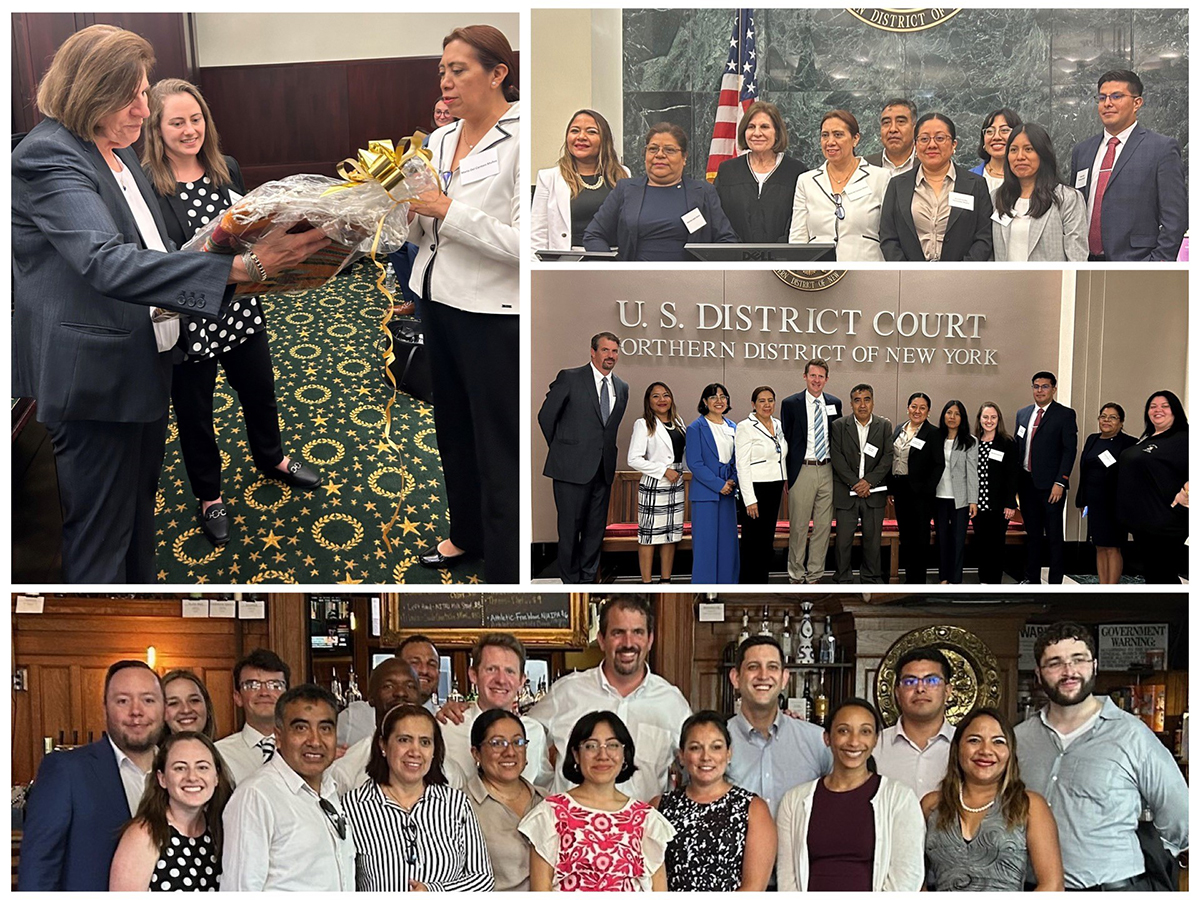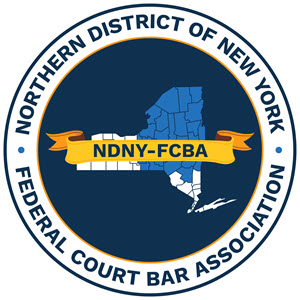By Benjamin Hill
A tragic death unexpectedly led to an international connection and the opportunity for two legal communities to learn from one another.
Marcos DeJesus Alvarez was shot and killed by an Albany County sheriff’s deputy in 2010. Marcos was from Santiago Juxtlahuaca, a tiny village in a remote, mountainous part of Oaxaca, Mexico. He came here to work and send money back home to his wife and children. His tragic death spawned a lawsuit brought by Dreyer Boyajian, the lawsuit a settlement, and the settlement a problem: how to ensure the receipt of settlement proceeds to his wife and family. A call to the Mexican consulate put us in touch with Reencontrando Familias, a human rights organization in Oaxaca that aims to provide separated families with legal and social/emotional support, an interdisciplinary clinic led by attorney Carmen Munoz. Carmen helped us communicate with Marcos’s family and ensure the family’s receipt of the settlement proceeds.
Since then, we’ve worked with Ms. Munoz on a variety of matters large and small that bridge our community in Upstate New York with theirs in Oaxaca, Mexico. This past June our law firm Capezza Hill hosted a group of attorneys from Oaxaca led by Ms. Munoz. The purpose of the visit was two-fold: first, for our guests to observe our adversarial judicial process, which was in large measure the model for significant changes to the Mexican judicial system initiated in 2006 and, second, to have an in-person cultural exchange with and between members of the bar and bench.
Thanks to Clerk of Court John Domurad and his team, our group was welcomed at the James T. Foley Courthouse. We spent a day observing a contested exhaustion hearing before Judge Hummel, talking comparative civil and criminal procedure with Judge Stewart and several local practitioners over coffee, and visiting with Judge D’Agostino prior to sitting in on a sentencing hearing before her. As a group, our visitors were amazed by the beauty of the courthouse and access to the judges – customs we admittedly take for granted, but shouldn’t.
Our busy schedule also included tours of the State Capitol building and the Court of Appeals, a discussion with UAlbany Professor of Comparative Law Matt Ingram, a roundtable with Judge Francisco Calderon, a Valleycats game, and a happy hour with the Albany County Bar Association and the Capital District Black & Hispanic Bar Association.
Of the many memorable moments from the visit, one stands out. We had just finished hearing from Judge D’Agostino about her role as a federal judge and in particular about her role in sentencing in advance of the hearing. As we chatted in the back of the courtroom waiting for the sentencing hearing to begin, I noticed one of our guests had tears running down her cheeks. Concerned, I asked if everything was okay. She said, Si, si estoy bien. Es solo que la juez me parece una persona muy sabia y justa y estoy abrumada por ella/Yes, yes I’m fine. It’s just that the Judge seems like a very wise and just person and I’m overwhelmed by her.
We’d like to thank all the judges, court personnel, attorneys, and friends who participated and made this cross-cultural program a success.


